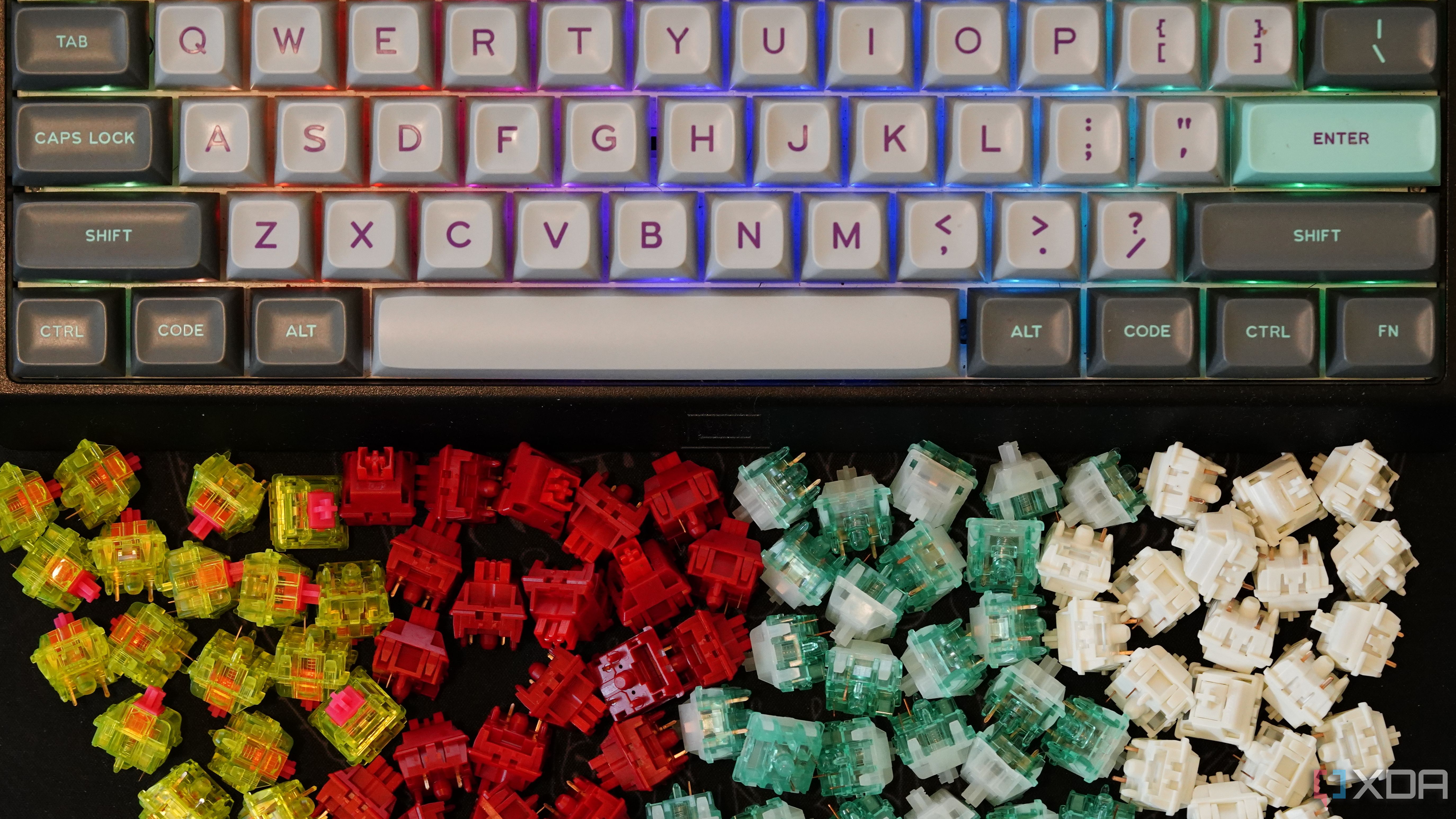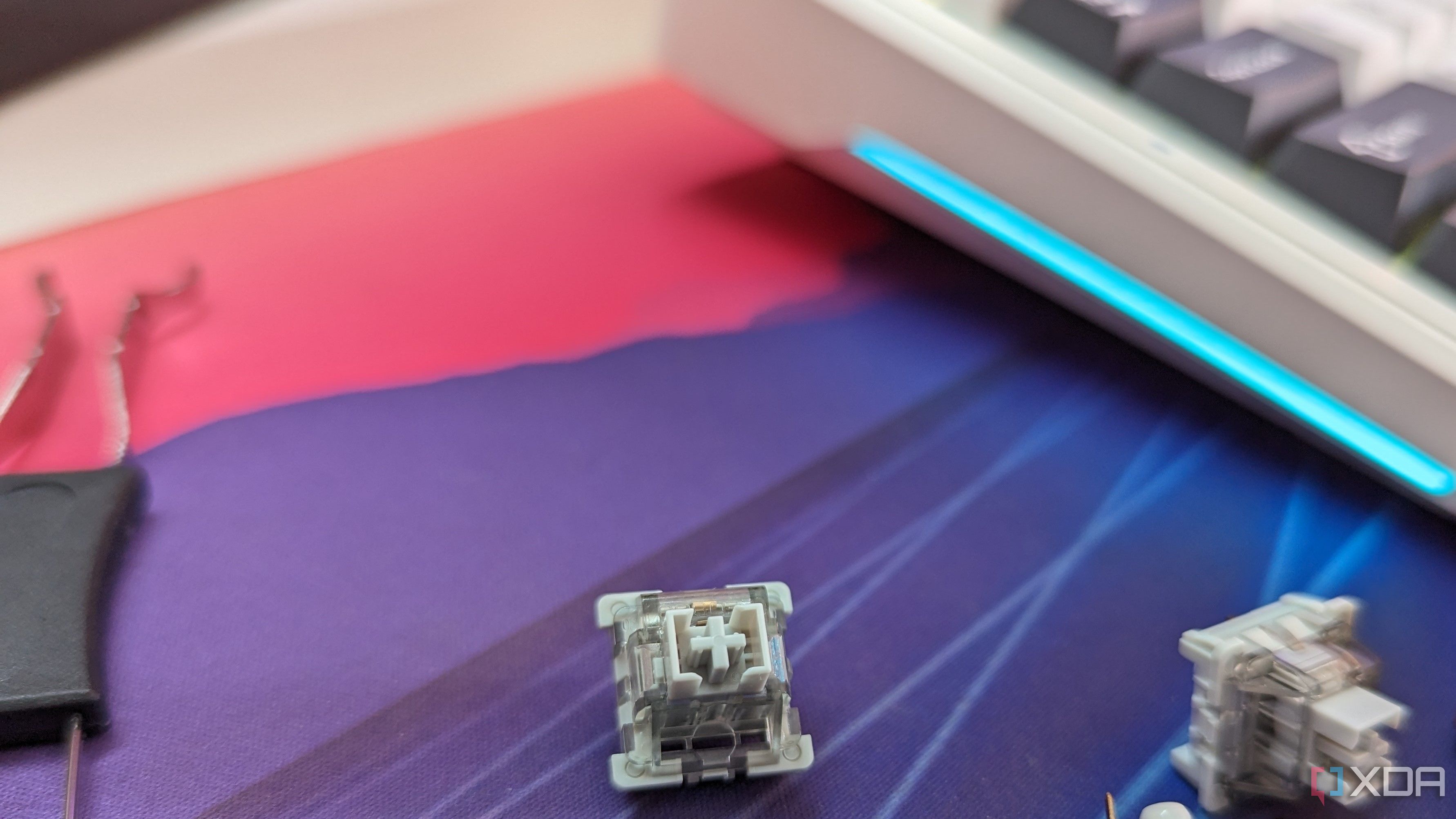The past few years have been interesting for the PC peripheral market, marked by the resurgence of Hall-Effect (HE) mechanical keyboards. They were popular as workhorses in the 70s, where operational efficiency and reliability were paramount, but they are now a coveted upgrade for PC gamers, especially in the competitive esports realm. Their popularity was rather limited in the early years due to the high production costs, but brands like Wooting and Filco reintroduced the tech with the advantage of economies of scale trickling down to consumers.
While HE keyboards are still relatively expensive, they are widely available, and buying one unlocks a host of mods you could try. I’ve owned a Wooting 60HE+ for approximately a year now, and I have finally understood that the customization potential of such keyboards lies mostly in the companion software and not the physical switches. So, if you’re planning to swap switches like you would with a mechanical keyboard, just because there are no solder joints to deal with, I urge you to reconsider.
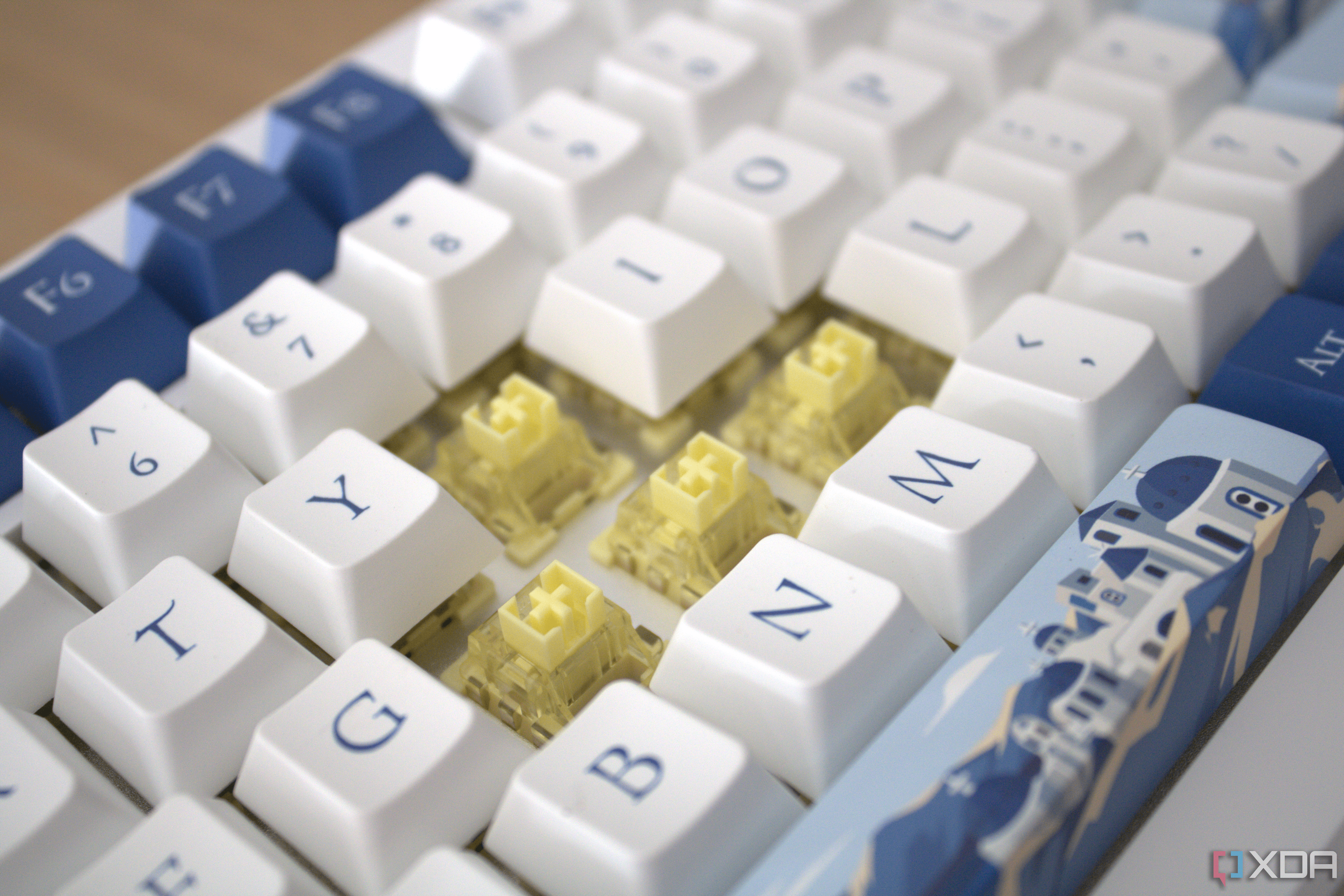
Related
3 reasons magnetic switches are shaking up the keyboard scene
Magnetic switches offer another analog alternative to mechanical switches, boasting superior speed, functionality, and durability
5
Variable actuation distance
One switch for heavy typists and agile gamers
HE boards rely on a magnet in every switch stem that changes a magnetic field around it as it moves closer to the PCB where the Hall sensor is mounted. The sensor infers the switch position from this magnetic change into a digital signal proportional to how much you’ve pressed on the switch. This unlocks variable actuation distance because the onboard MCU can pass the input to your computer whenever the switch passes the defined distance threshold.
This differs remarkably from a conventional mechanical key switch, which has a fixed actuation point and distance determined by the manufacturer. To change it, your best bet would be to find new switches that actuate at the desired distance. On my Wooting, I can dynamically vary the actuation distance using custom profiles. I can type like a heavy-handed ape and have keys actuate when they are bottomed out, but another profile can work with feather-light actuation distances for agility in gameplay.
Moreover, since per-key trigger points can be defined as well, you won’t ever need to use an assortment of switches on your keyboard and suffer from inconsistent feel and sound signature on a mechanical keyboard.
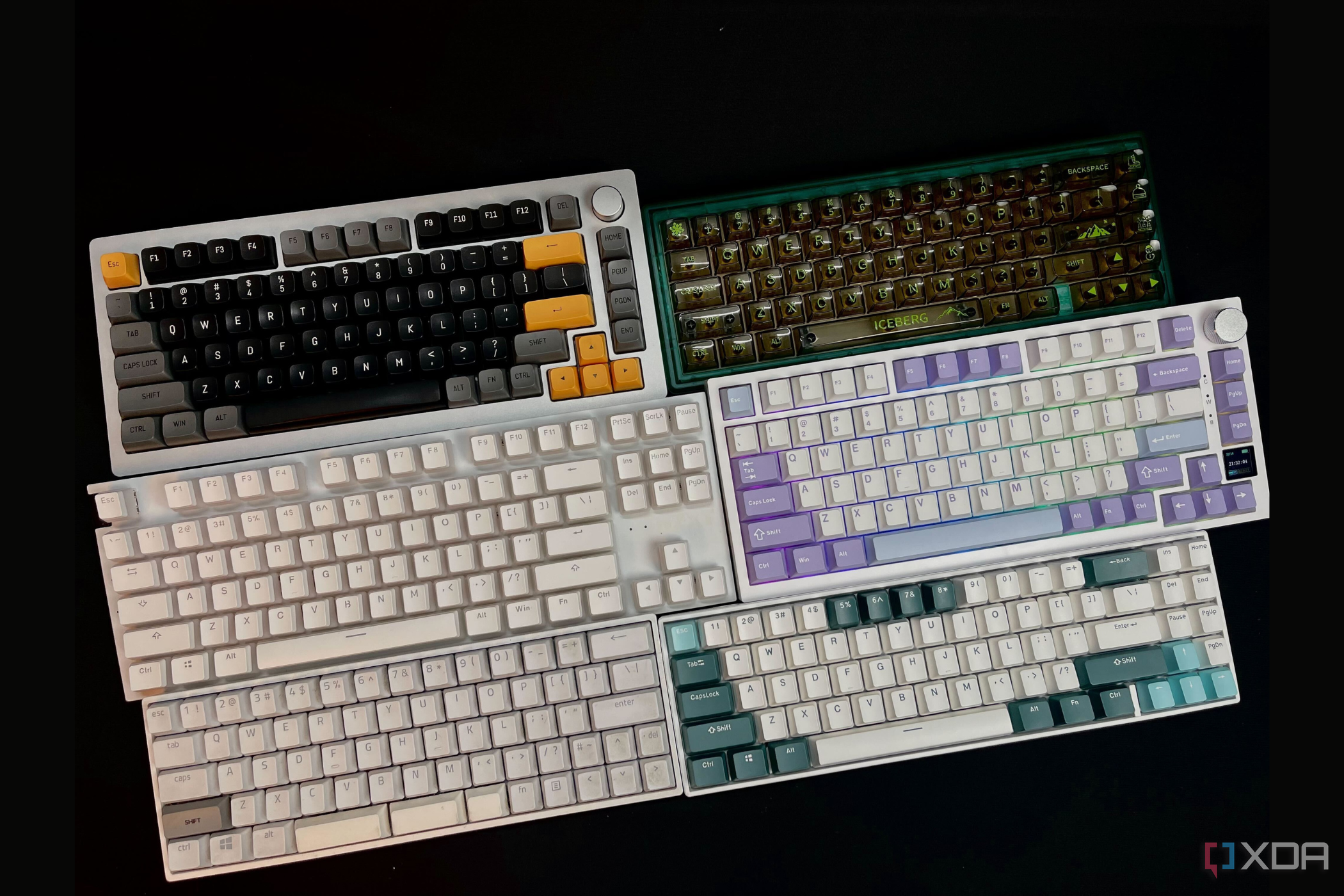
Related
3 ways Hall effect keyboards beat mechanical keyboards (& 3 ways they don’t)
Neither type is going away anytime soon
4
There’s no room for tactility
A compromise you’ve already made
Tying right into custom actuation distances, HE keyboards can never use tactile or clicky switches since they have predetermined trigger points where the tactile bump or click bar is added to the physical switch’s stem. This physical component gives users the desired feedback for an engaging experience that typists have come to love. However, since the trigger distance is software-controlled on HE keyboards, there’s no way to get tactile or clicky switches that dynamically adapt their design.
You make that trade-off for reduced wear resistance, too, which is why HE switches are often rated for a far longer lifespan than their mechanical counterparts. With a Hall Effect keyboard, you’ll be stuck using linear switches only, and even if you’re looking to switch them out for something else, compatibility isn’t as good as it’s made out to be.
3
Lack of standardization hinders compatibility
Not every HE switch works with every PCB
Although HE boards have fewer parts that wear out as you type away, you shouldn’t conflate that with the simplicity of construction. Cherry GmBh in Germany did a fine job standardizing mechanical keyboard switches, so much so that compatible products from other makes like Gateron and Durock are still identified as MX-style switches. HE switches come from the same manufacturers and are indistinguishable from their mechanical counterparts at first glance.
However, the potency of the magnet and other switch design variables means that every switch likely won’t work with every single HE PCB. On the bright side, switch makers list the compatible keyboards on product pages. Nonetheless, it narrows down your pool of available options from an already-tiny selection of Hall Effect switches.
2
Spring weights and tolerances
The one heavy-hitter difference
Once you narrow your search using compatibility filters for HE switches that will work on the PCB you have, you might notice there’s not much that differs between the available options. The biggest differentiator should be the springs inside these switches, which force them back up when released. They vary by the force required to fully compress each spring, and you’ll find some are progressive, where this weight increases gradually as you press down on the switch, with the peak at bottom-out distance. Then there are two and three-stage springs, and all the manufacturers, like Durock and TX that make these springs.
Surely different springs warrant buying new switches, right? In case you’re moderately satisfied with what shipped pre-installed on your keyboard, perhaps yes. Still, if you vehemently dislike the switches and want something significantly stiffer (more resistance to actuation) or lighter (less resistance), you can buy just a pack of springs and spend an afternoon spring-swapping the switches you already have.
While you’re at it, you might as well spend the extra minute lubing your key switch sliders if they aren’t already lubricated by the factory. In my experience swapping springs, I’ve enjoyed great success using Geon springs that boast far lower deviation from the advertised spring weight, to the order of +/- 0.3g as opposed to Gateron HE switches and their claimed +/- 7g of force. That exponential difference in tolerances helps your switches feel consistent across the board, and WASD won’t feel squishier than ZXCV after months of use.
Geon also makes special HE switch springs crafted from a non-magnetic material that doesn’t affect the Hall sensor accuracy. Just ensure you get the correct free (uncompressed) length and your desired bottom-out weight. The other key difference is stem wobble, which is accentuated by taller keycaps and curbed by tighter manufacturing tolerances that vary between brands. In my experience, Geon surpasses expectations here as well.
1
Color, lubrication, and materials
All else that’s different and doesn’t quite matter
With that functional difference out of the way, I considered the cosmetic upgrade I would get if I swapped the stock HE switches on my keyboard. Since construction is mostly the same by design, you’ll notice manufacturers trying different material combinations for the top housing, stem, and bottom housing. This changes how the switch sounds upon bottom-out and when released quickly. Keyboard sound is dependent on several other factors, but if you’re happy with how your keyboard sounds, you might not want to switch.
The other key difference comes in the colorways. You’ll find everything from stealthy all-black switches to Gateron Jade series, which have milky white and jade green plastics. This shouldn’t matter much to anyone looking to buy switches since you won’t see these wonderful colors under the vast majority of opaque keycaps that top them off. Translucent polycarbonate keycaps are the only noteworthy exception. Notably, deep-colored switches could shift the hue of your per-key RGB backlighting as well.
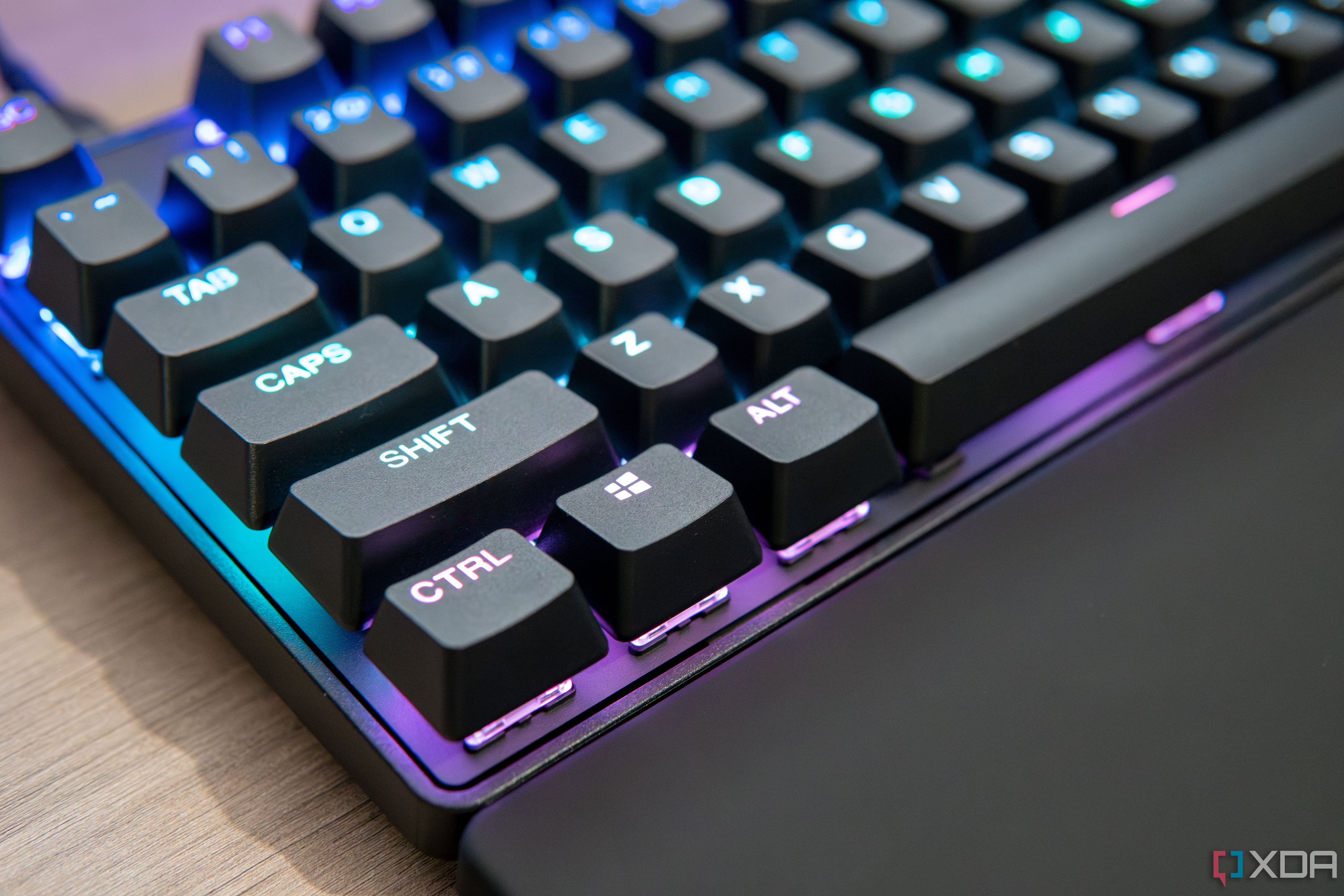
Related
3 reasons to get a Hall effect keyboard instead of a mechanical one
You might want to skip mechanical keyboards altogether in favor of Hall effect keyboards that are all the rage right now
Understand what differs between HE switches
Of the relatively minor differences I mentioned above, you’ll find spring weight can bring the most significant change in your user experience. One other parameter to weigh in on is if the switch is factory-lubed or not. Most HE switches are spray-lubed after production, and the results on modern machines are way more consistent than they used to be. Still, in any case, if you’re upgrading to new springs and would like better lubrication, you can kill two birds with one stone when you open up the stock switches.
The only other instance where I would go against my advice and get a new pack of HE switches would be if I were afraid of tinkering with the stock ones, or if I liked them but still wanted a non-laborious way of trying what other switches feel and sound like. Otherwise, your current HE switches or the ones that will ship with your keyboard might be perfect, or an afternoon of mods away from your idea of perfection.



